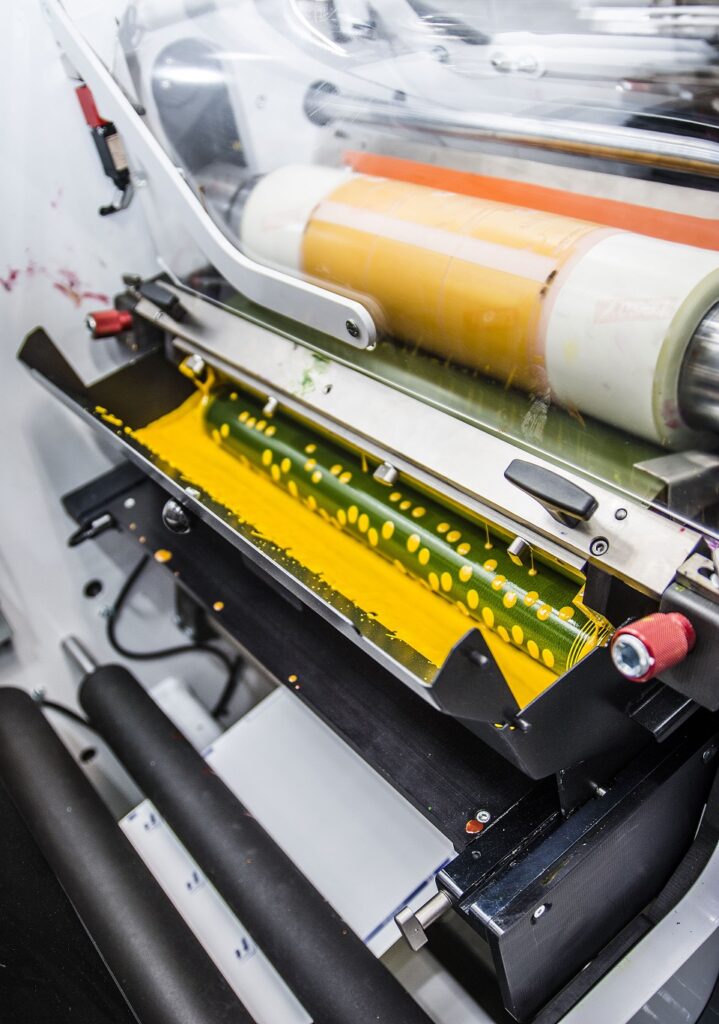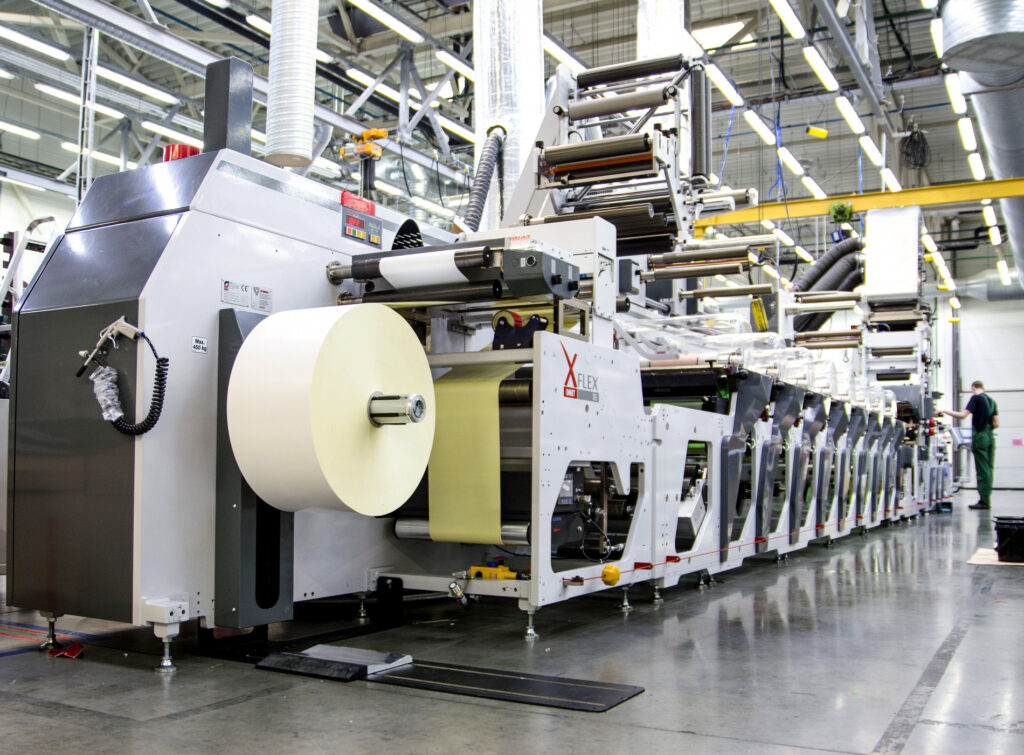Towards more sustainable packaging: less combined, more homogeneous

With growing consumer awareness and demand for circular solutions, a trend towards more sustainable packaging has emerged. The policy of the European Union also encourages manufacturers and importers to change the non-recyclable packaging to more sustainable ones. The company PakMarkas has accumulated many years of experience in the printing industry and shares its insights about today’s fast-growing sustainable solution – flexible paper packaging.
Along with Europe’s ambitious green goals, the requirements for packaging manufacturers, importers and packaging waste handlers are getting stricter. In 2025, amendments to the Environmental Pollution Tax Law should enter into force in Lithuania, in which special attention is paid to non-recyclable packaging. Companies using such packaging will no longer be able to benefit from tax relief.
According to Jūrate Kuzmarskienė, Sales Manager of the packaging waste management organization Žaliasis taškas, packaging recycling is only one of the steps on the way to a climate-neutral continent in 2050. The European Union sets great goals in this area: it is aimed that by 2030 all packaging on the market would be recyclable.
„Companies have been benefiting from the tax relief and most of them have been chosing packaging without thinking about whether it would be recycled. Increased fees for non-recyclable packaging and new requirements coming into force should fundamentally change the situation. Companies will be even more motivated to look for alternatives to make packaging recyclable,” the expert notes.
Flexible packaging is a choice
Sustainability policy, the EU’s clearly defined direction, regulatory requirements and growing consumer awareness are changing business habits. More and more companies are committed to reducing their environmental impact. One of the ways to do this is to choose recyclable packaging, replacing the now widely used combined packaging consisting of several layers of materials, which cannot be recycled.
reducing their environmental impact. One of the ways to do this is to choose recyclable packaging, replacing the now widely used combined packaging consisting of several layers of materials, which cannot be recycled.
„Today, plastic or combined packaging of dry products is successfully replaced by flexible paper packaging. Flexible packaging occupies an important place in the packaging industry because it is very versatile and has other advantages. And paper is one of the most widely recycled materials in the world, with a recyclability index far ahead of plastic recycling. In addition, even after entering the environment, paper packaging breaks down significantly faster than plastic packaging, which can last for several hundreds of years, so paper is less polluting even if it is not recycled,” says Miroslavas Brazulevich, Head of the PakMarkas’ Product Development Department.
For more than three decades, one of the leading packaging labeling companies has focused mainly on the production of adhesive labels and shrink sleeves. For several years now it has also been strengthening its capabilities in the field of flexible packaging. After investing in a new lamination line and purchasing completely new printing equipment, today PakMarkas has the ability to print flexible packages with up to 10 colors. They can be combined or homogeneous (sustainable) – paper and plastic (mono laminates).
The paper offered by PakMarkas has a thermal fusing function, suitable for use in fusing machines. This packaging solution is suitable for most dry products that do not require a high oxygen or water vapor barrier – tea, sugar, pasta, nuts, cookies, sweets or chocolate. These packages are also used in the non-food industry – for packing dishwasher tablets, cleaning agents, screws and similar goods.
Recently, the supply of thermally fused paper has been increasing, so when choosing a raw material supplier, it is important to remember that the produced paper must meet the established recyclability standards. The list of standards valid in Lithuania can be found on the website of the Ministry of the Environment of the Republic of Lithuania.
Challenges can be overcome
Manufacturers who have decided to replace plastic packaging with paper often face the challenge of readjusting production equipment. In order for the result to be positive, it takes time and effort – this is where PakMarkas engineering professionals, well versed in the technical nuances of the equipment, can come to the rescue. M. Brazulevich also draws attention to the features of printing on paper packaging. The surface of the paper partially absorbs the ink, so the print result is often more matte than on a glossy film. This should be taken into account when planning the design concept – a more „natural” design that reflects the nature of the paper will work best.
Compared to standard films, heat-sealed paper is a more expensive packaging solution. However, it should be borne in mind that paper recyclable packaging is subject to significantly lower packaging pollution taxes – currently the tax rate for paper and cardboard packaging is 4.6 times lower than that of plastic or PET packaging and is the lowest of all available packaging types. This trend will continue even after the changes in 2025.
„In general, the issue of paper and plastic sustainability depends on various factors: product life cycle, efficiency of waste sorting and recycling systems, and consumer behavior. For example, a reusable, recyclable cup may be more sustainable than a disposable biodegradable paper cup that ends up in a landfill that does not have the right conditions (lack of oxygen). However, paper is made from renewable resources, and sustainably managed paper products can be carbon neutral. „Paper packaging has many „green” properties and is undoubtedly a more sustainable solution compared to combined packaging”, emphasizes PakMarkas expert.

